Hernandez y Aguado - 1966 - No. 319
Hernandez y Aguado - 1966 - No. 319
Details
Details
Overview
Overview
Shipping important note
Shipping important note
Delivery times are typically reliable and most instruments arrive within the estimated timeframe.
Should any unexpected delay occur, our team will keep you informed and provide support at every step. For all shipping details and exceptions, please see our Shipping Policy.
Details about GPSR
Details about GPSR
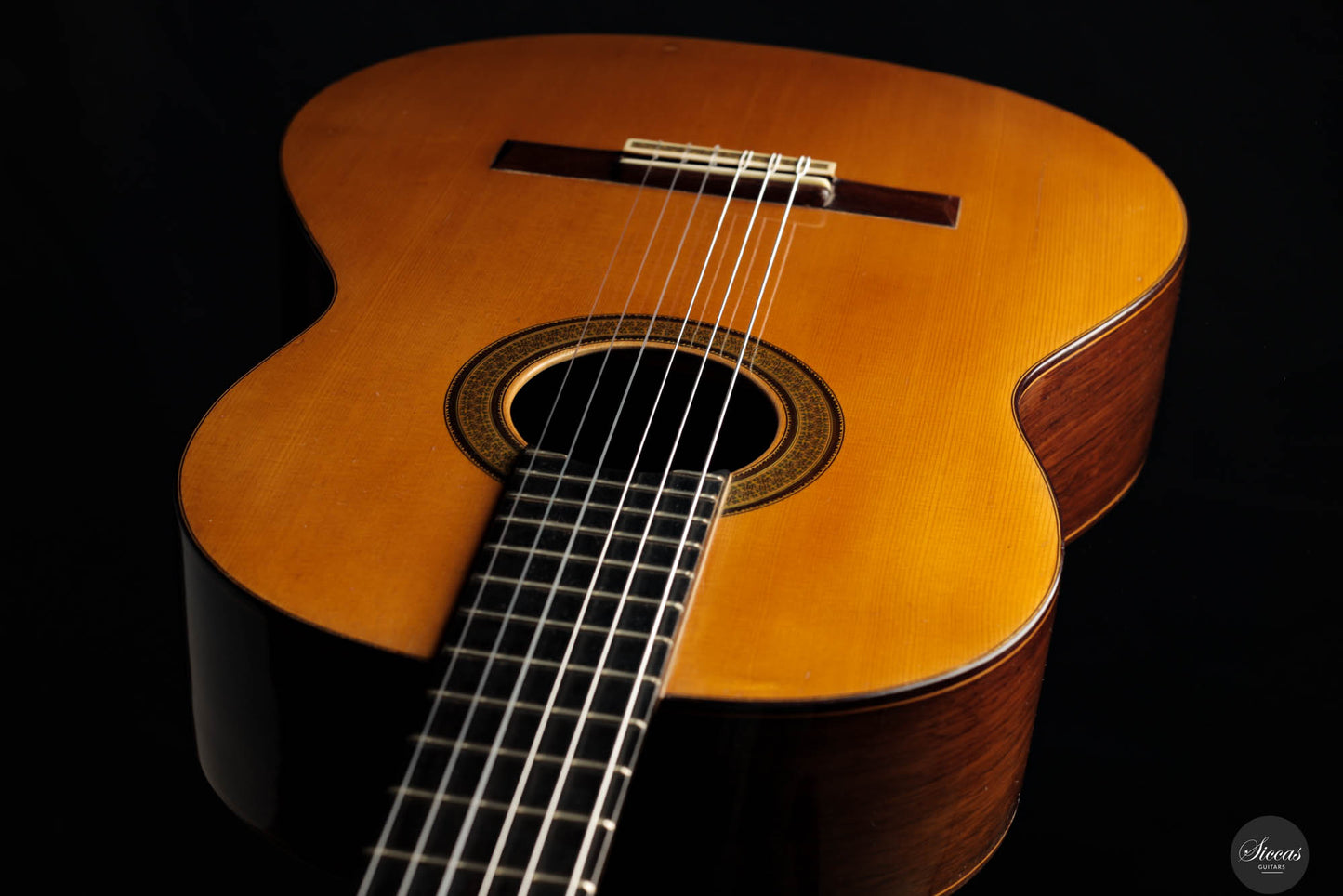
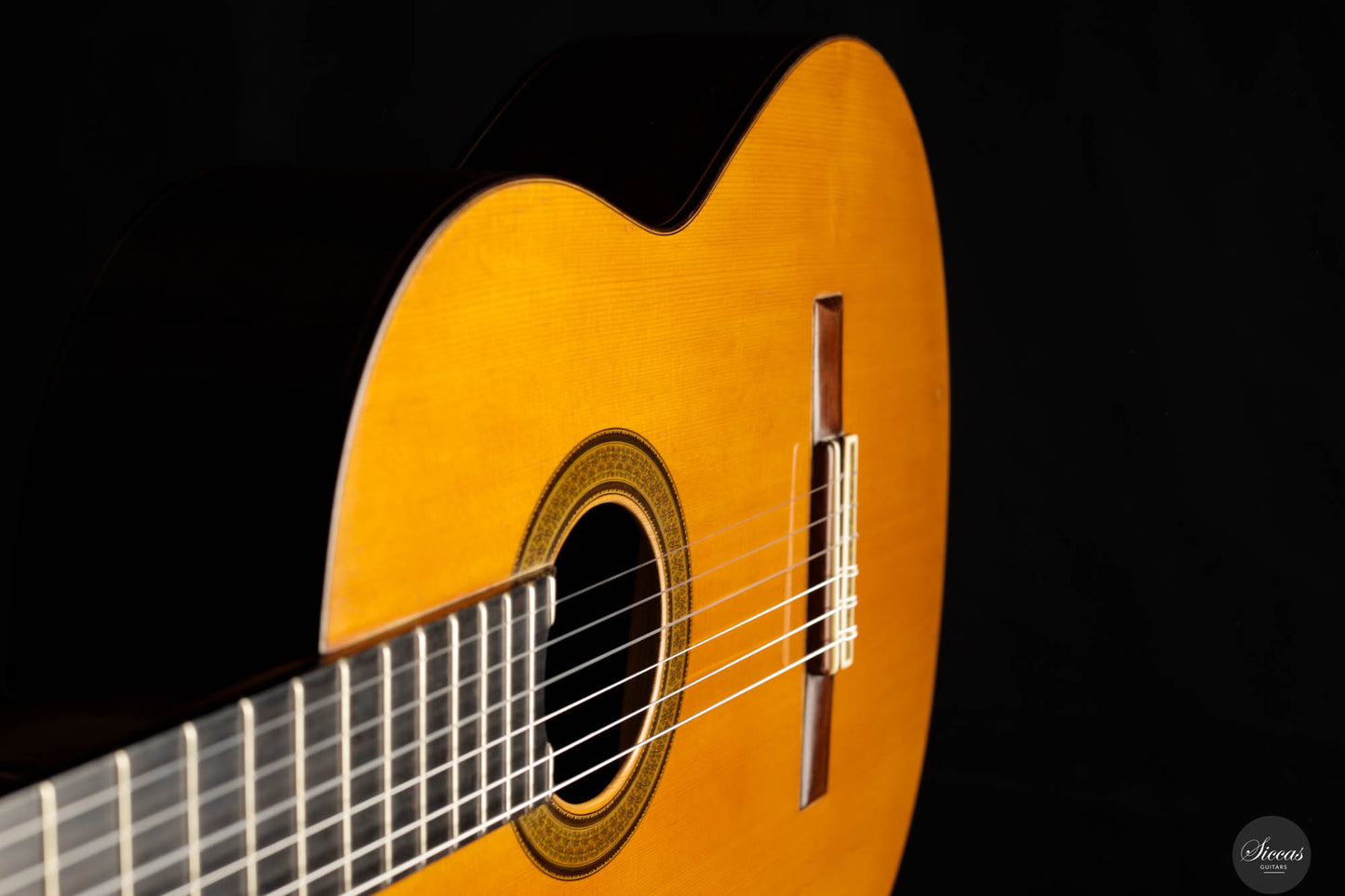
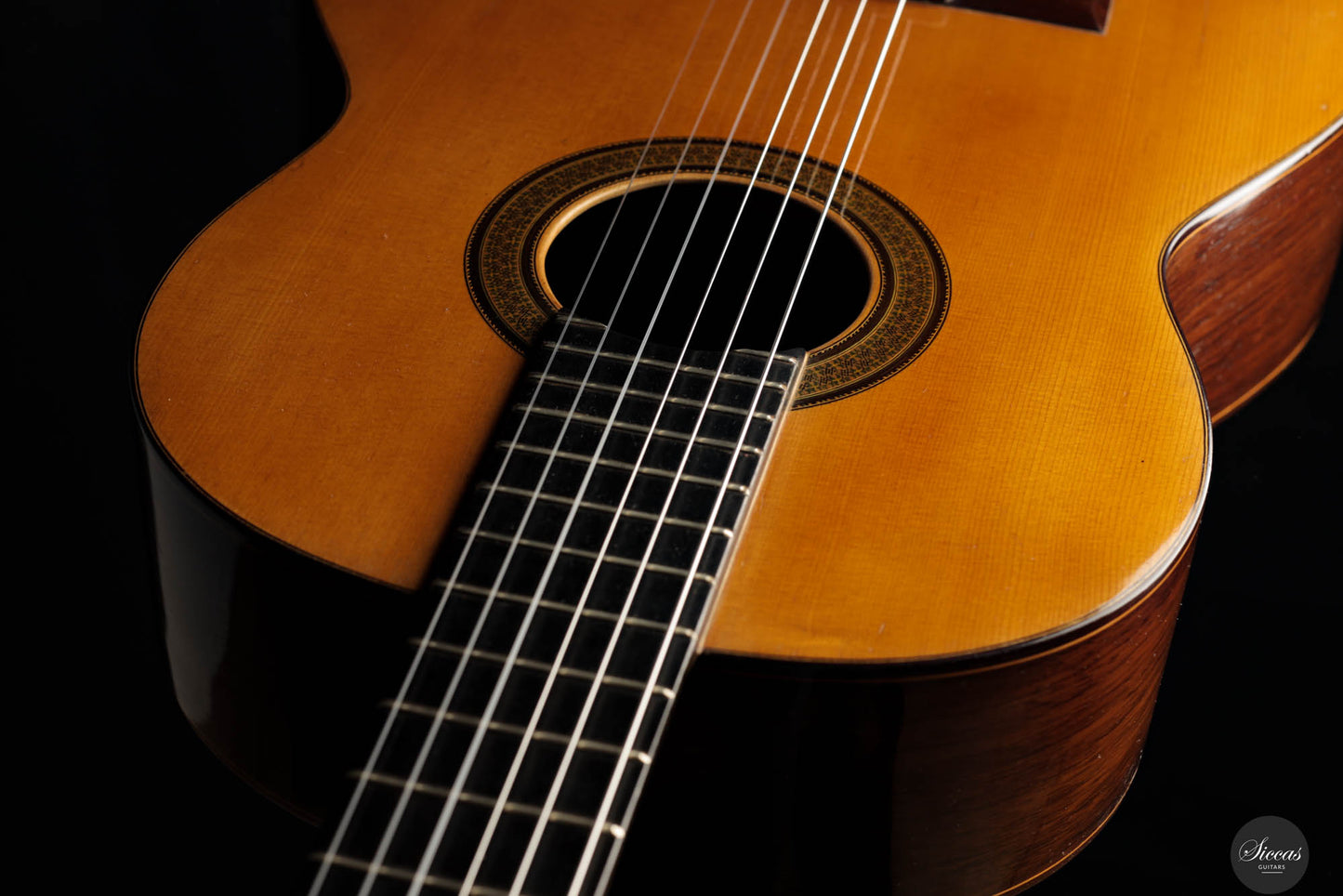
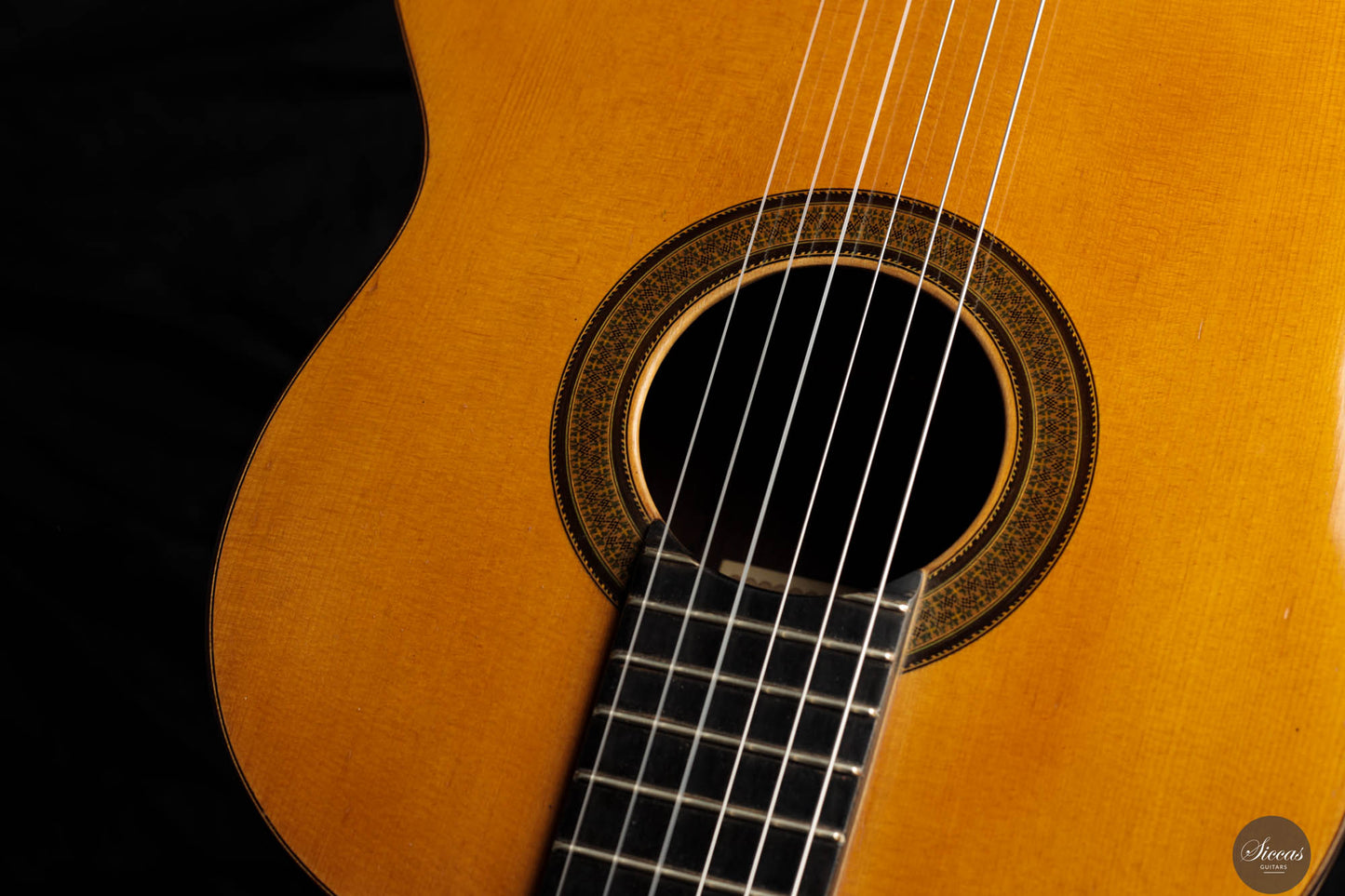
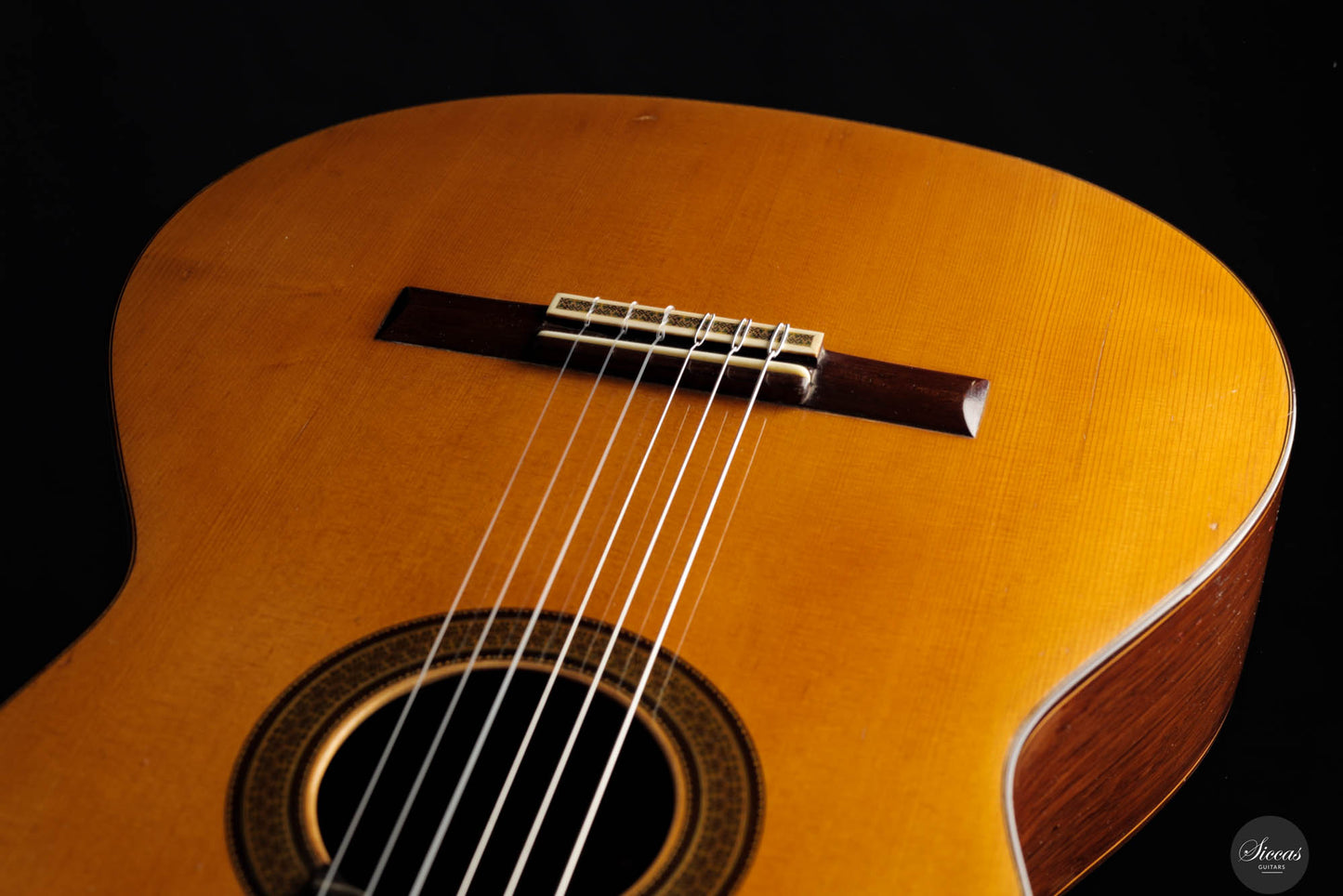
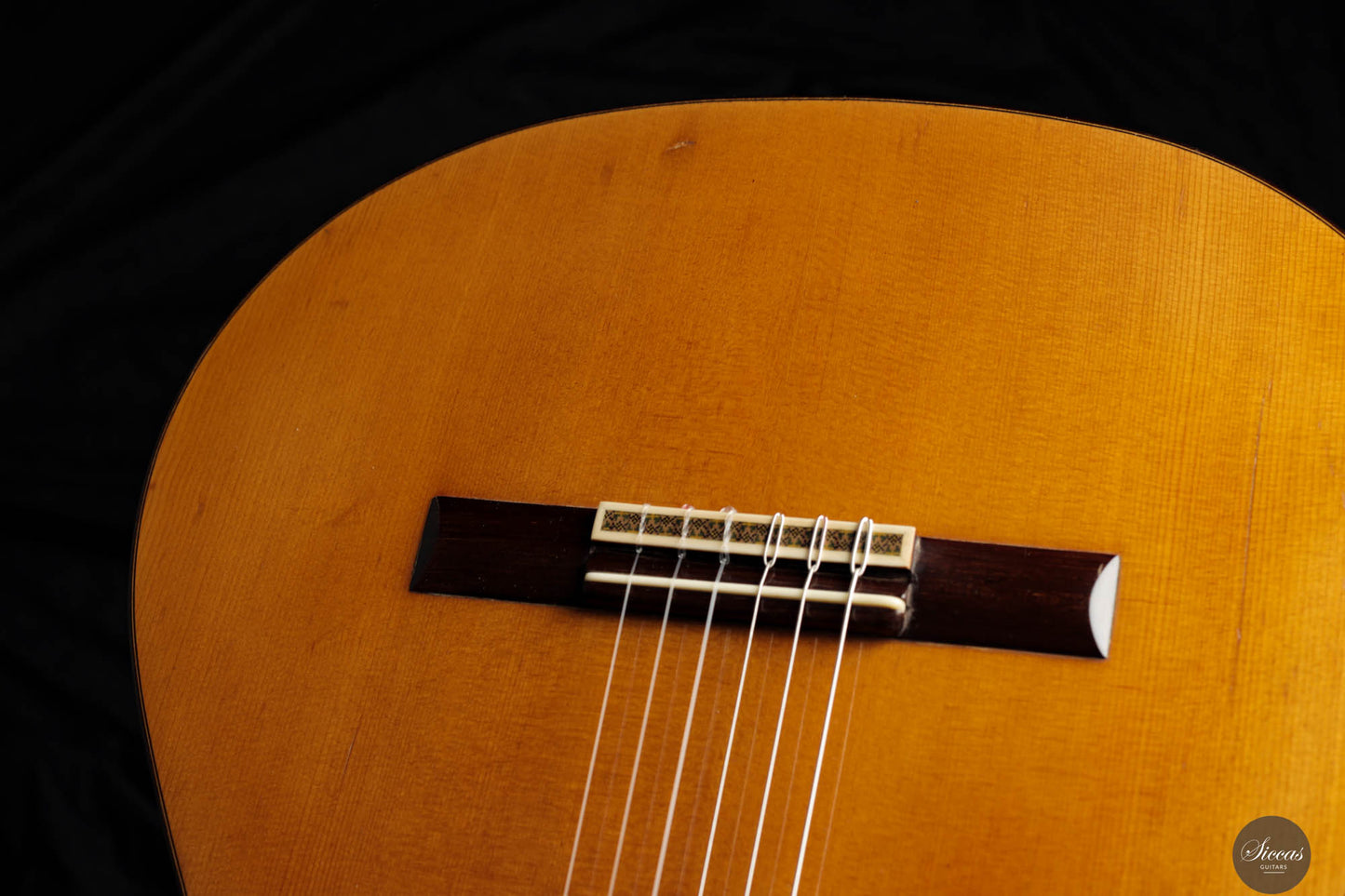
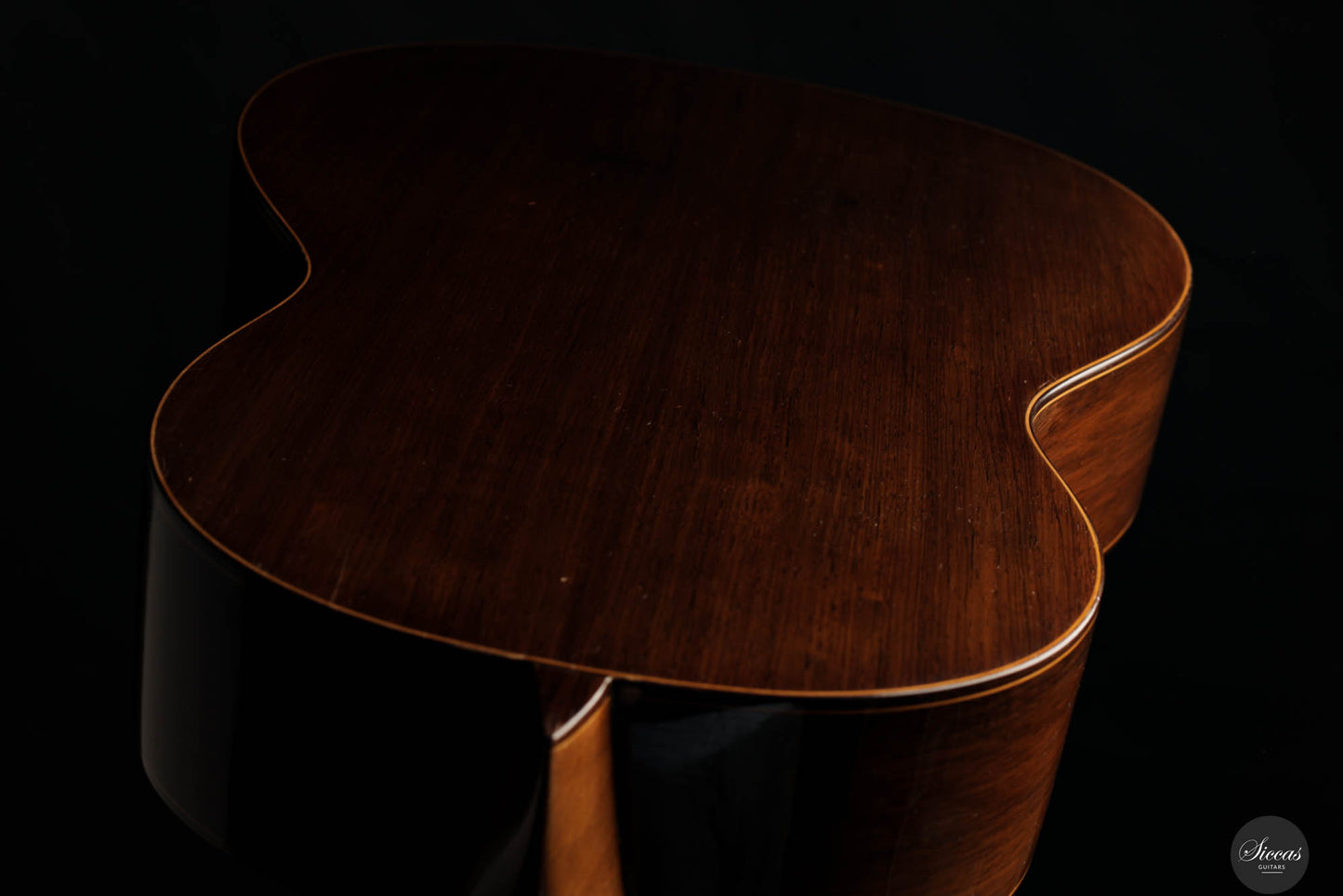
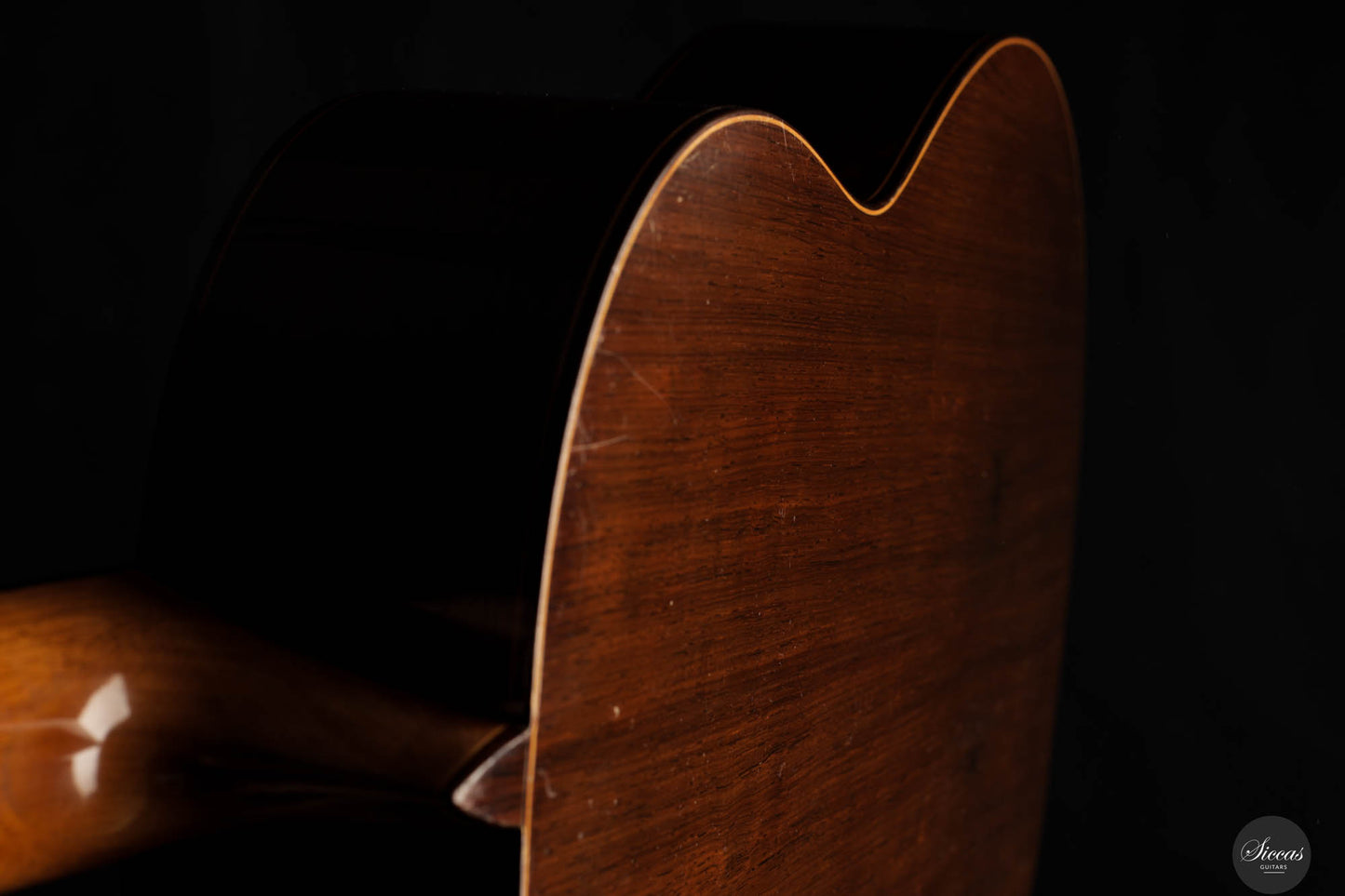
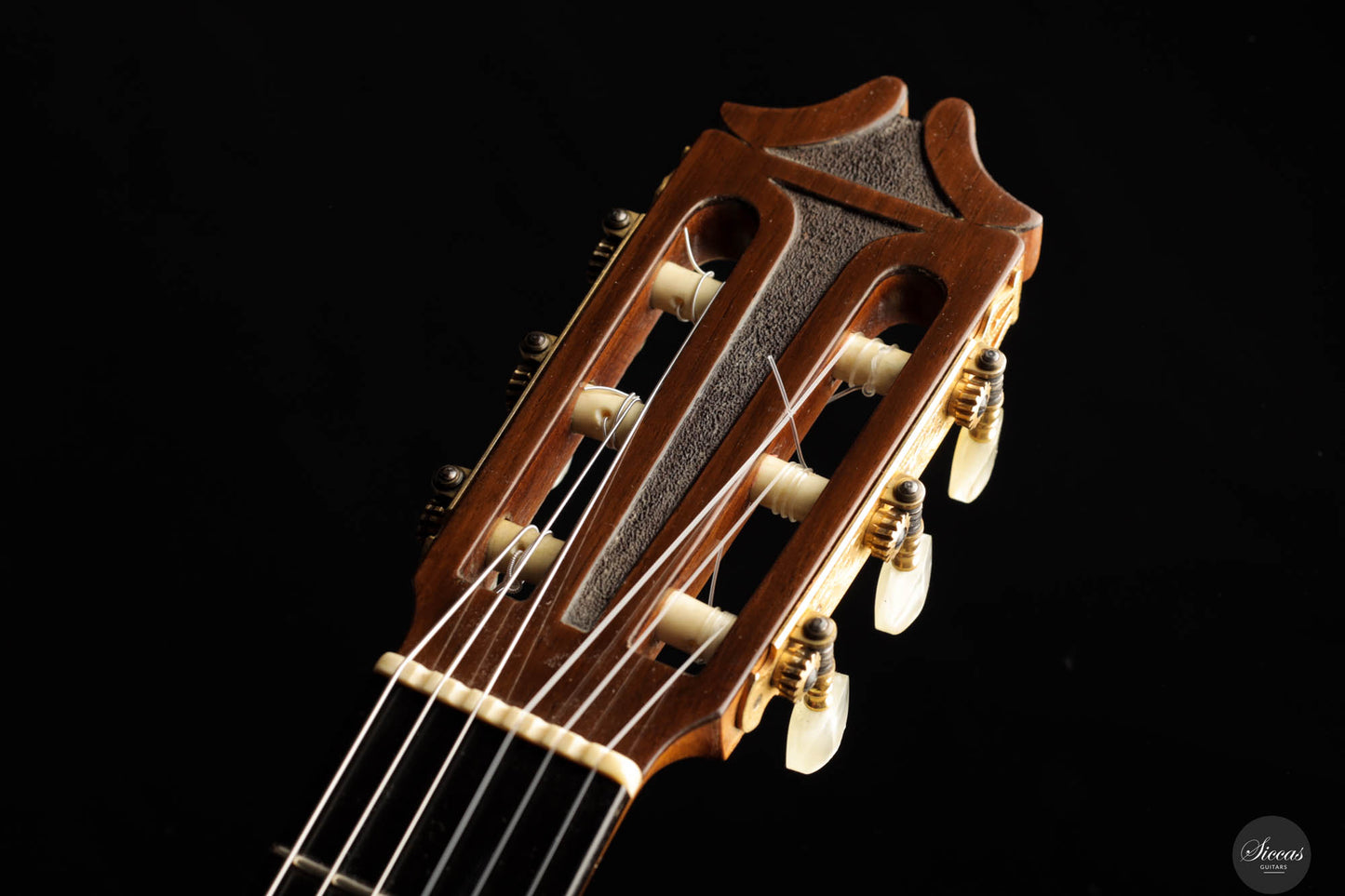
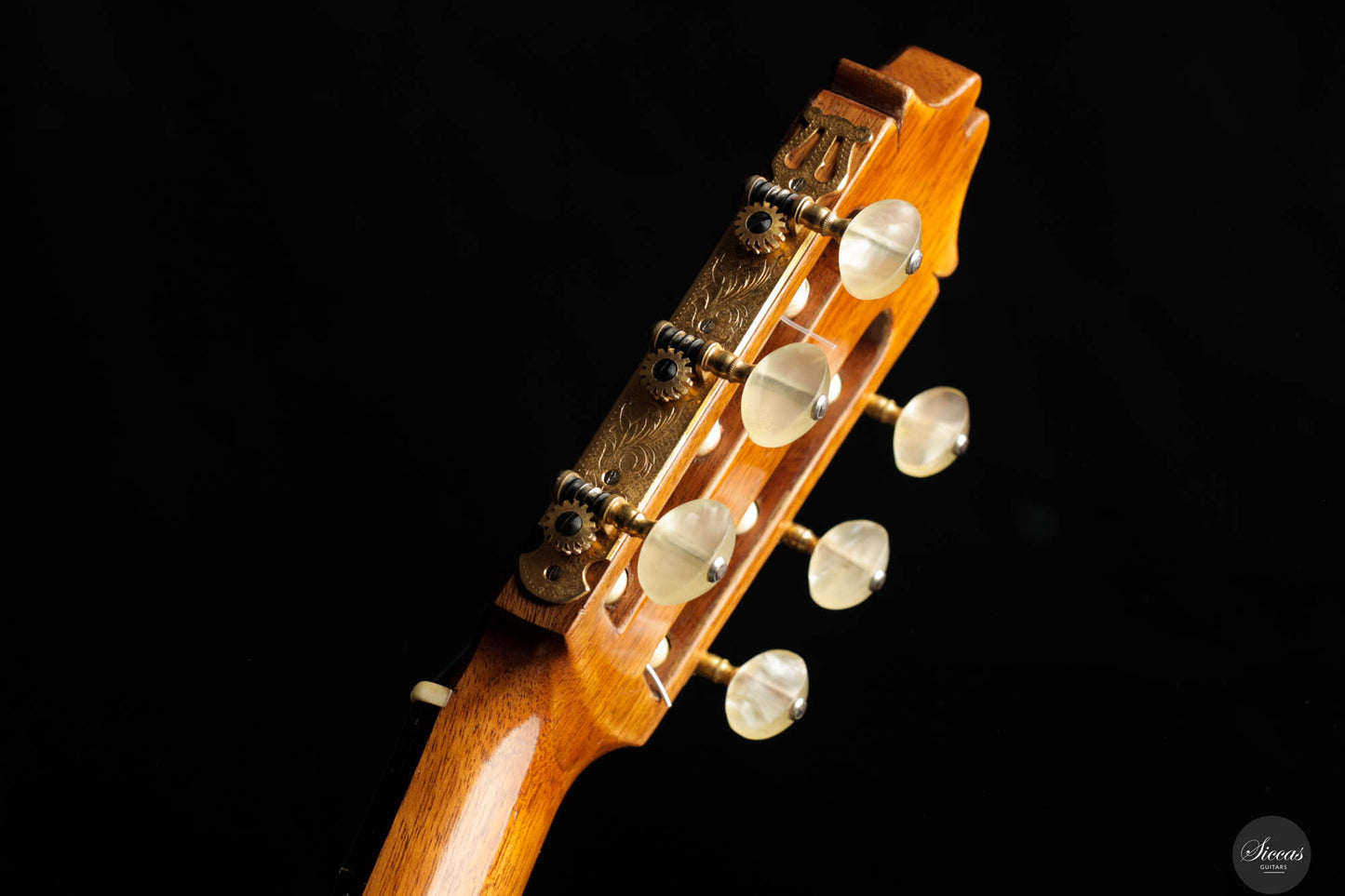
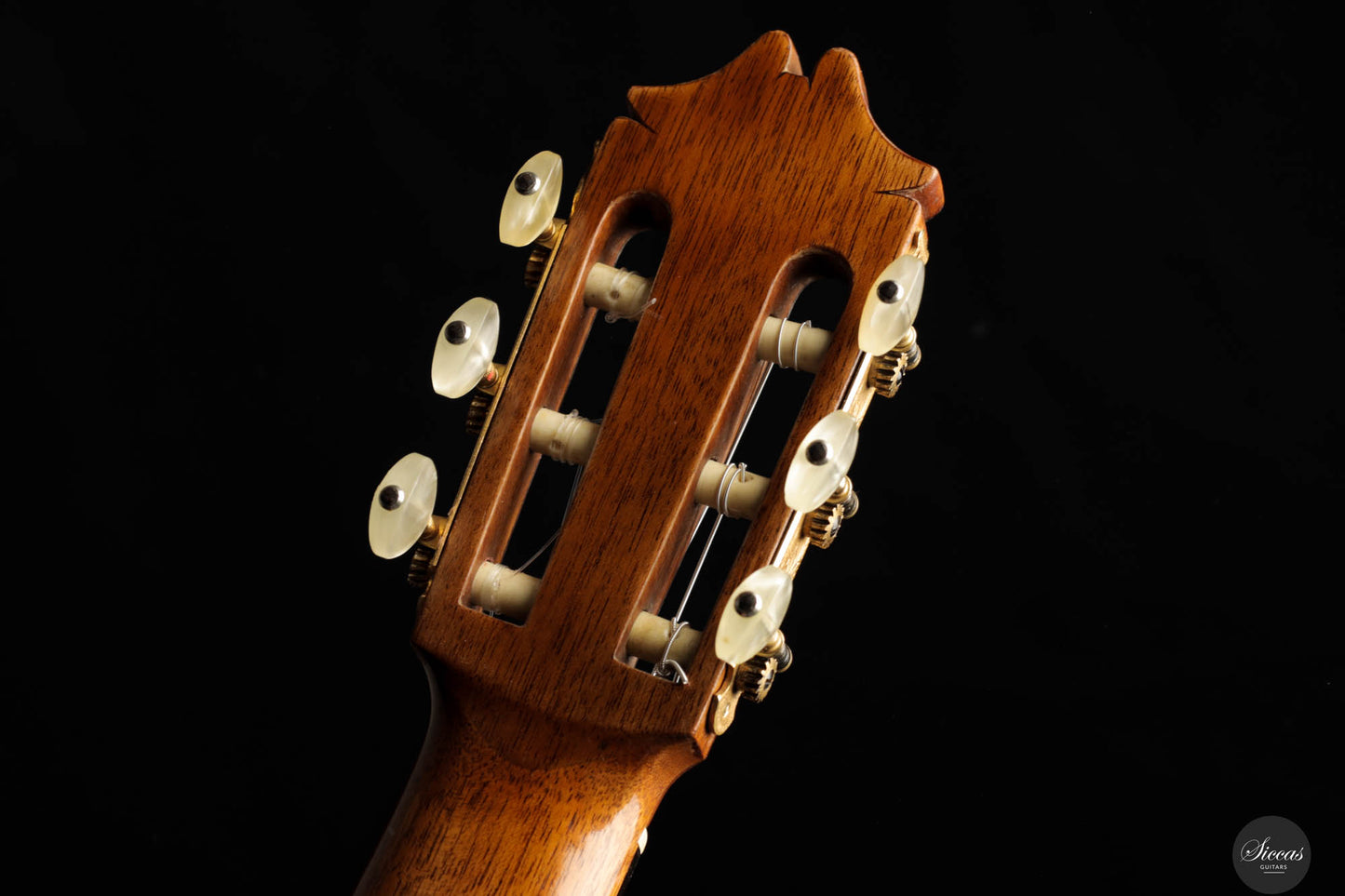




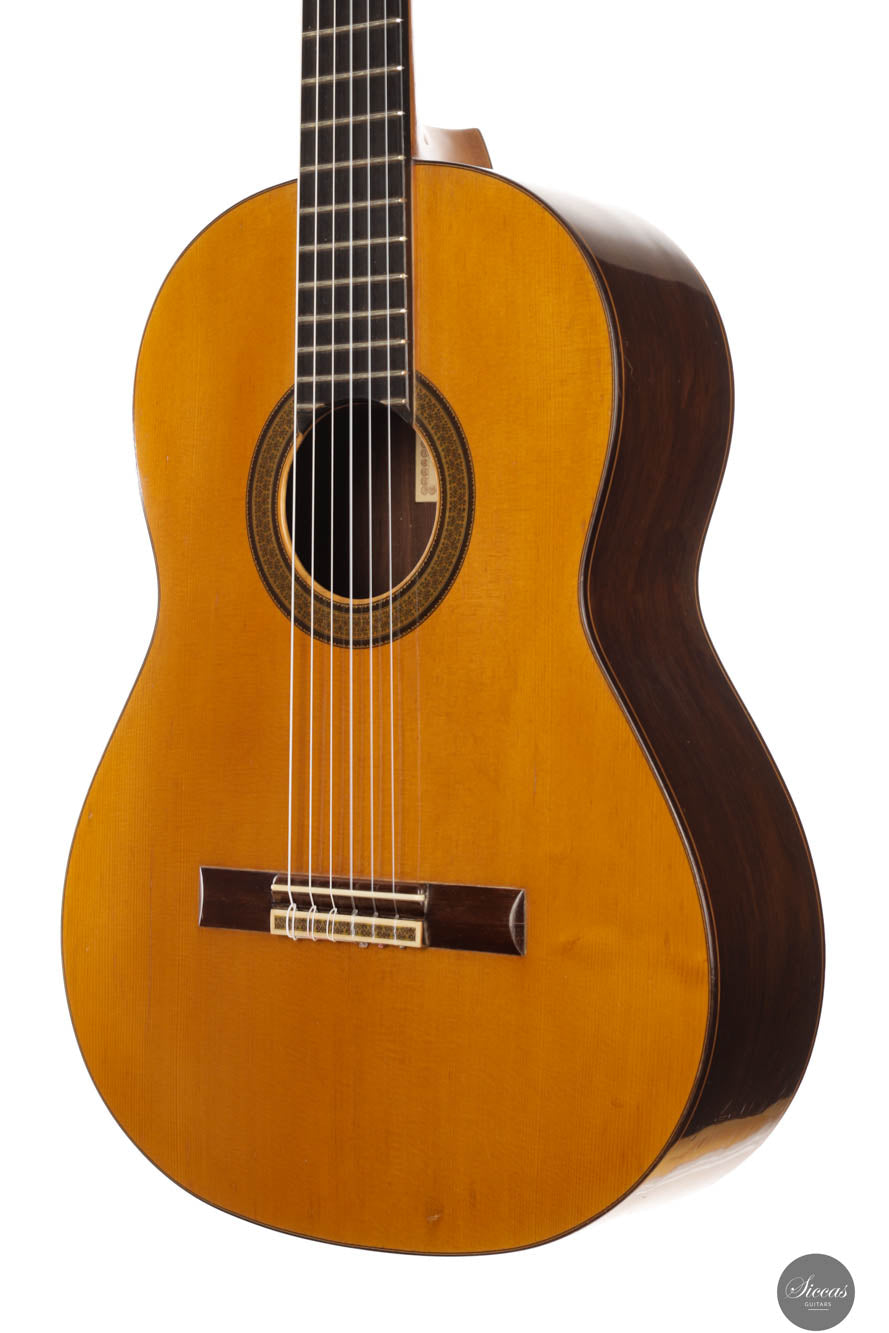
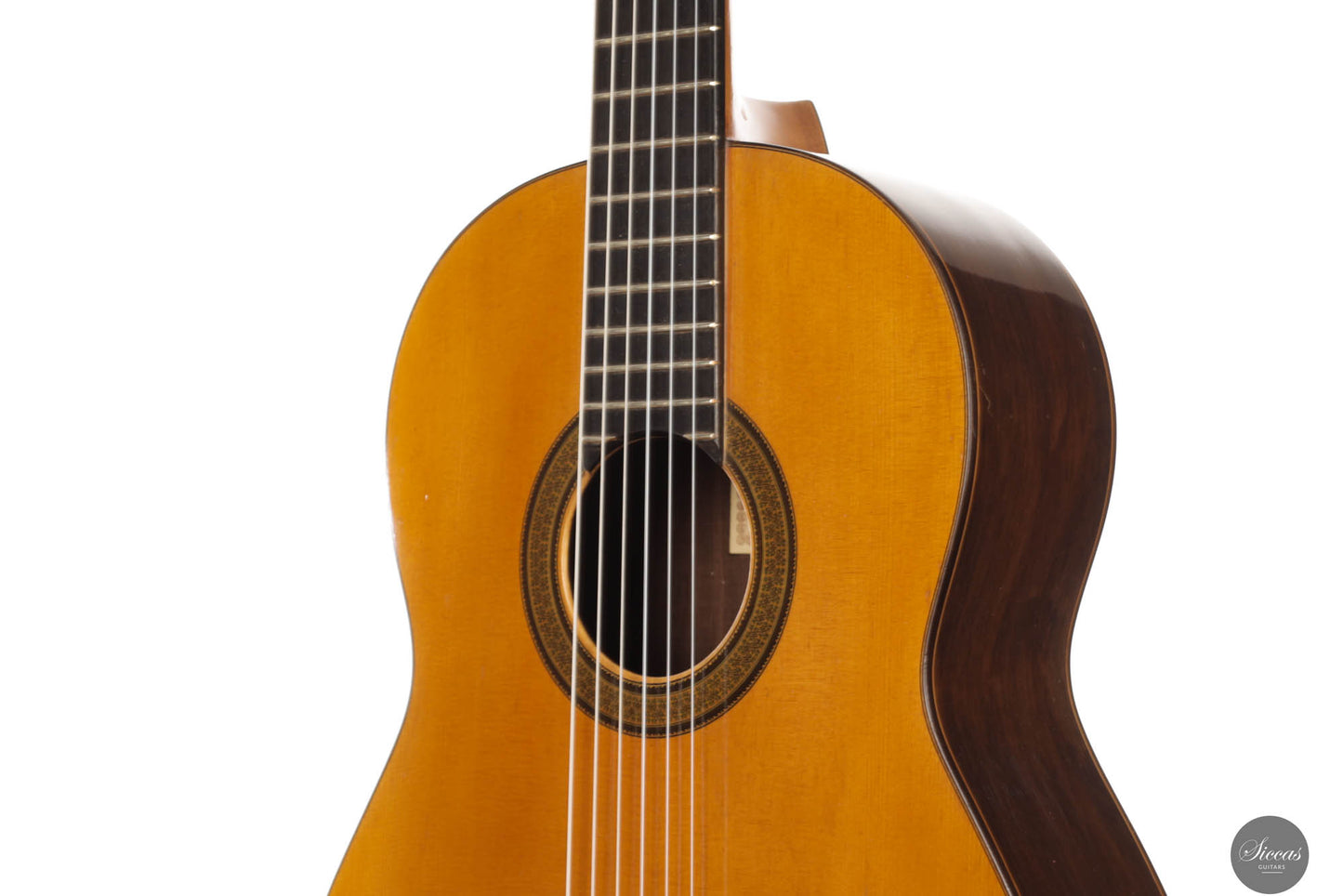
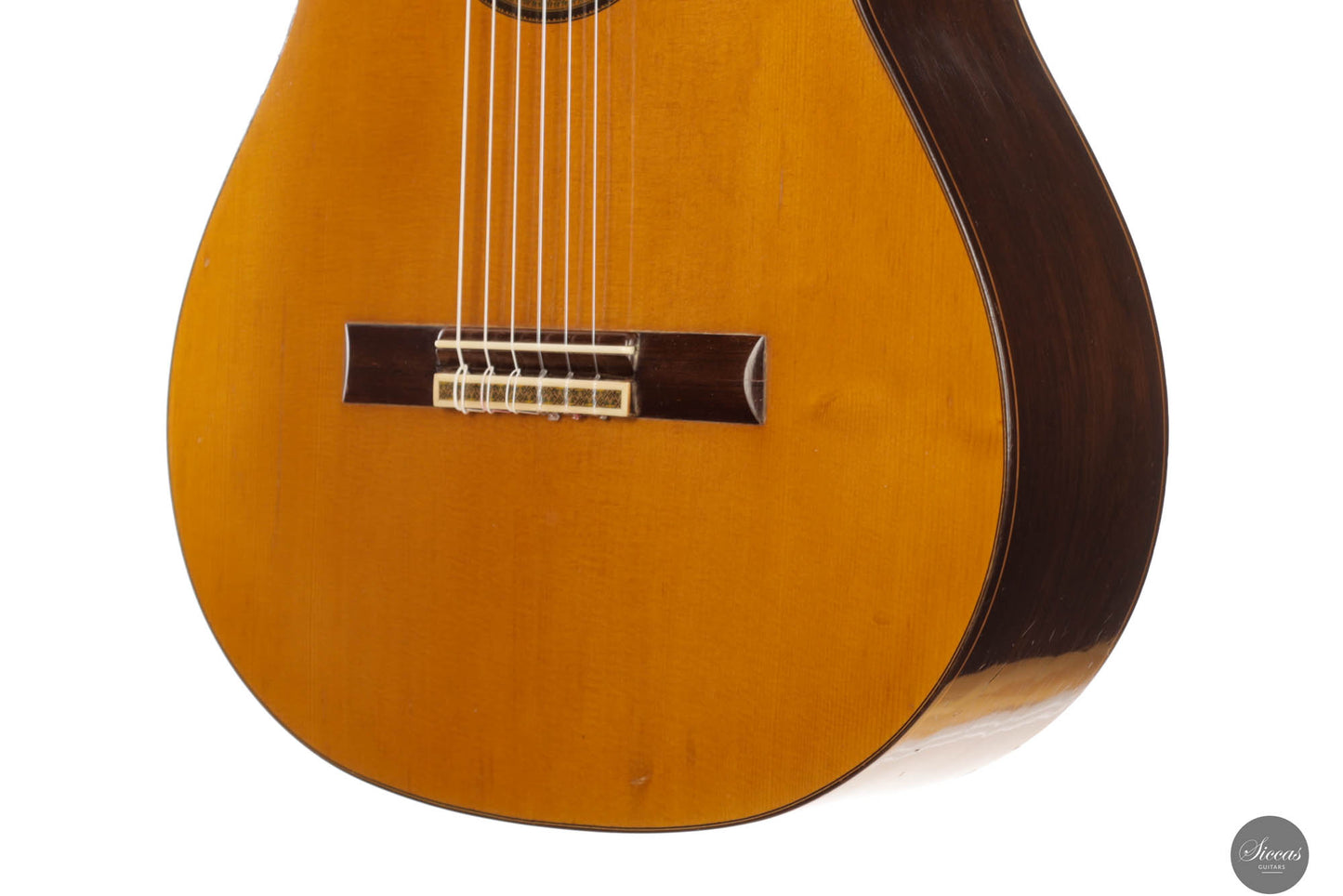
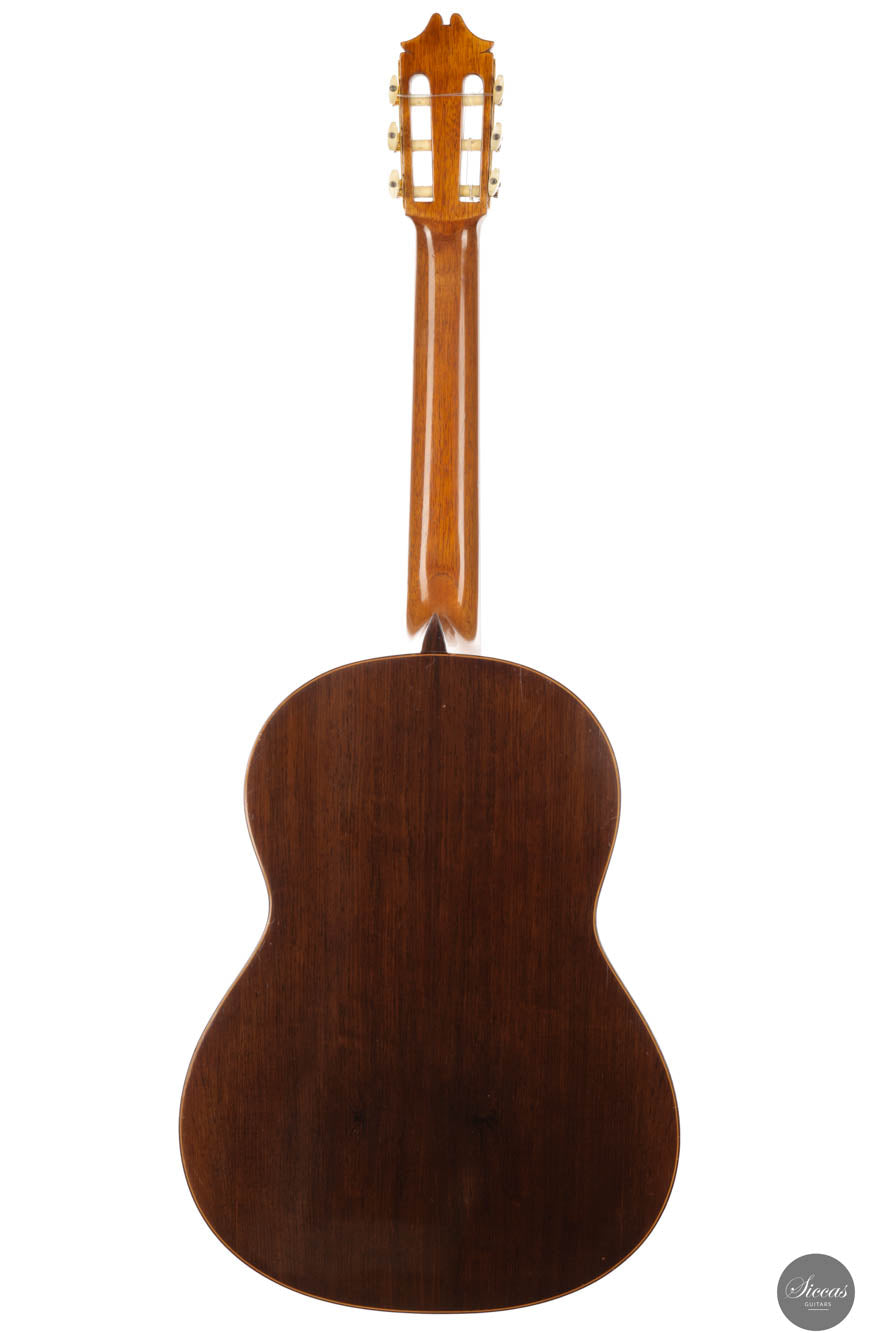
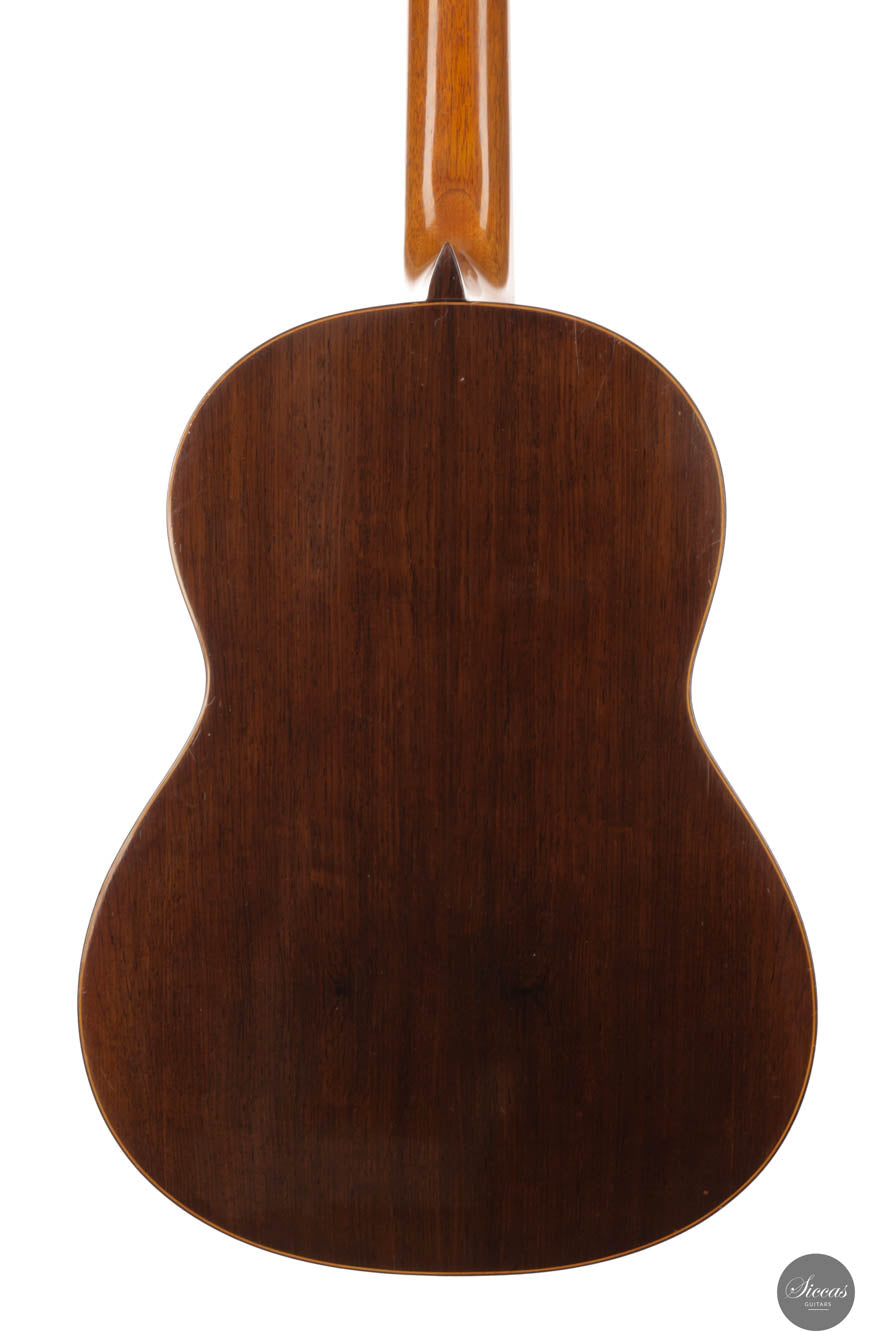
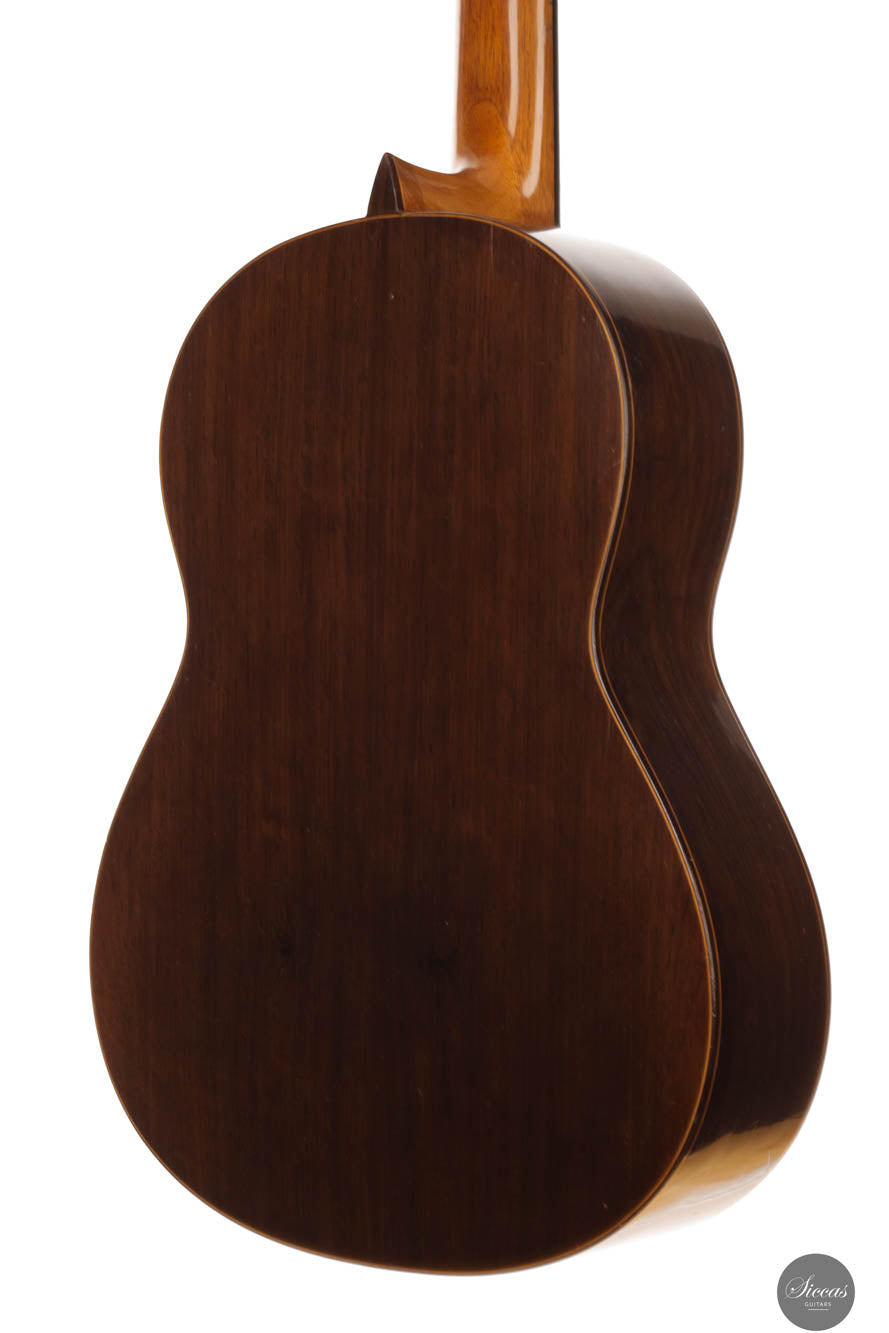

Video overview



More details about the guitar
About the luthier
Manuel Hernandez, originally Santiago Diaz Martinez, was born in 1895 in Valmojado, near Toledo. Just two years later, in 1897, Victoriano Aguado Rodriguez was born in Madrid. Their paths crossed in Madrid, where they worked in a piano factory. Their profound friendship led to the establishment of their own business, which initially specialized in the restoration of furniture and pianos. Their talent in guitar making was serendipitously discovered when the passionate guitarist Victoriano Aguado Rodriguez crafted two guitars for himself between 1945 and 1948. These guitars caught the attention of Regino Sainz de la Maza, the guitar professor at the Real Conservatorio in Madrid at the time, who encouraged the duo to further hone their skills.When they later collaborated with Modesto Borreguero, who had previously worked with the renowned guitar maker Manuel Ramirez, they delved deeper into the craft of guitar making. Their success was monumental: Hernandez y Aguado guitars were sold globally, even to Thai Queen Sirikit. Legendary musicians such as John Williams, Julian Bream, and Atahualpa Yupanqui chose “HyA” guitars for their performances.
About the guitar
This 1966 masterpiece, numbered 319, stands as a testament to the remarkable craftsmanship of its creators, a renowned guitar-building duo whose instruments are celebrated globally. In very good condition, this guitar features only a minor repaired hairline crack on the soundboard’s lower bout bass side, meticulously fixed with three small cleats that testify to the skillful restoration. It possesses all the hallmarks that make these instruments highly sought after: great expressiveness, fantastic sustain, and perfect intonation. Such a combination of exceptional sound quality and careful preservation makes this guitar a rare find, offering collectors and musicians alike a unique opportunity to own a piece of musical history. Another interesting aspect of this guitar is that it was owned by a single individual, a former student of Alirio Diaz and Antonio Lauro, who purchased it directly from the HyA workshop.Regular care extends the life of the instrument
Even with careful use, a classical guitar may gradually change in appearance or respond to unstable storage conditions. Have a close look at your guitar regularly and be attentif to changes. If your instrument is suffering from its environement, it will let you know.
Protect Your Guitar: Handle with Care
Be mindful when touching your instrument with greasy or unwashed hands: any skin contact is a small attack on the varnish. Of course, a guitar is made to be played, but taking a few precautions helps preserve its beauty: wash your hands before playing, wear long sleeves, and avoid unnecessary direct skin contact with the body of the instrument.
Pro tip: Avoid playing with a button-up shirt, heavy jewelry, or a belt, as these can scratch the guitar. Also, make sure your guitar case is free of any objects that could damage the instrument during storage.
String care
A good habit to adopt is wiping down your strings briefly after each playing session. This small action significantly extends their lifespan and helps maintain a consistent, comfortable feel under your fingers.
Most importantly, clean strings are essential for keeping your instrument in tune. Corrosion, sweat, and dust can affect the uniformity of the strings and interfere with accurate tuning across the entire fingerboard.
Pro tip: If you're having trouble getting your guitar in tune, it might be time to change the strings. A useful test is to compare the pitch of the 12th fret harmonic with the fretted note at the 12th fret; if there's an unusually large gap between them, your strings may have lost their integrity and should be replaced.
Keep Your Shellac Finish Shining!
Got a guitar with a shellac (French polish) finish? Here's a simple trick: Take a clean microfiber cloth and gently breathe on the surface to create a light mist. Then, softly rub to remove fingerprints, sweat, and grease. That’s usually all it takes to keep it looking great, no products needed!
Pro tip: Every few years, treat your guitar to a check-up with a luthier to keep it in top shape.
Storing Your Guitar: Climate Matters
Your guitar can safely stay outside its case, as long as the surrounding environment maintains 42–55% humidity and a temperature between 18–25°C.
Keep in mind that humidity levels can still fluctuate inside the case, especially during seasonal changes.
- Too much humidity may cause overtightened strings and a dull tone.
- Too little humidity can lead to a bulging top, string buzz, or even cracks.
Avoid placing your guitar near radiators, air conditioners, or windows with direct sunlight.
Pro tip: Always close your guitar case while playing. This helps preserve a stable microclimate inside the case, so your instrument is protected the moment you put it back in.
















































